Figures & data
Figure 1. Geographic distribution of Parkia biglobosa in relation to annual rainfall (adapted from Hall et al. Citation1997).
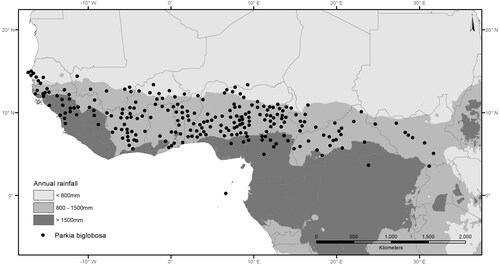
Figure 2. An individual of Parkia biglobosa from a Parkland in Burkina Faso (credit: Barbara Vinceti, Bioversity International).
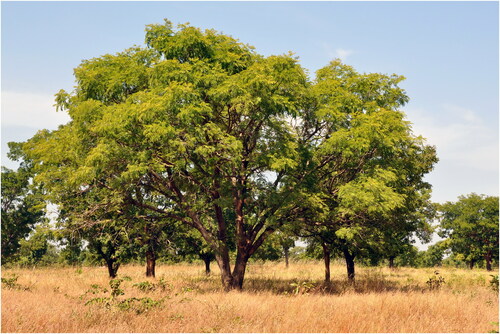
Figure 3. Fruits (pods) of Parkia biglobosa from a Parkland in Burkina Faso. Pulp and seeds are consumed as edible products (credit: Barbara Vinceti, Bioversity International).

Figure 4. Balls of soumbala derived from the fermented seeds of Parkia biglobosa, sold as a condiment at the market (credit: Barbara Vinceti, Bioversity International).
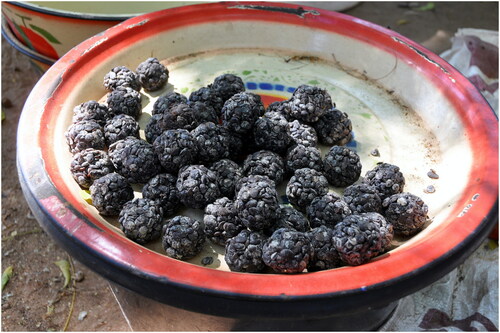
Figure 5. A flow diagram describing the different phases of the literature review, the number of records discarded and retained at each step, and the reasons for exclusion.
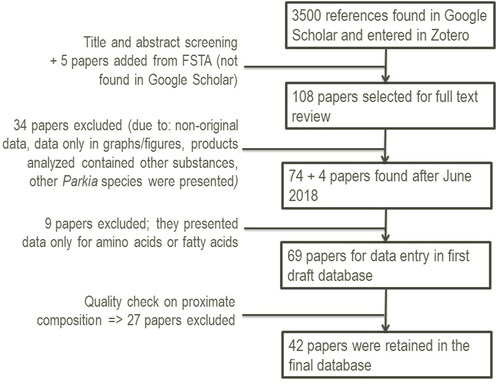
Table 1. Summary characteristics of papers used for the review.
Figure 6. Map with location of the sampling sites reported in the 42 articles retained for this literature review. The main bioclimatic regions of West Africa are delineated based on annual rainfall (adapted from CILSS Citation2016). The positioning of the sampling sites is based on indications provided in each individual paper. The numbering of the sites in the map corresponds with the numbering of the articles in this review (see list of the 42 references in ). If the original article mentioned only the region of sampling and not the precise site, the point on the map was located in correspondence of the capital of that region. When only the country was indicated in the article (n. 9 and 30), the point on the map was marked with a different symbol (triangle), positioned in correspondence with the geographic centroid of the country. Multiple letters associated with the same number indicate that multiple sites were investigated in the specific paper.
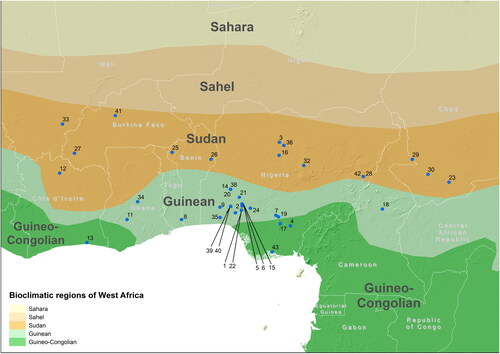
Table 2. Summary table with number of papers presenting data for the different Parkia biglobosa’s food products and the different nutrient categories.
Table 3a. Proximate composition for raw Parkia biglobosa seed products in g/100g fwb.
Table 3b. Proximate composition for fermented Parkia biglobosa seed products in g/100g fwb.
Table 3c. Proximate composition for Parkia biglobosa pulp products in g/100g fwb.
Table 4a. Mineral composition of raw Parkia biglobosa seed products in mg/100g fwb.
Table 4b. Mineral composition of fermented Parkia biglobosa seed products in mg/100g fwb. Values are mean of independent replications as per the author ± standard deviation. Blank spaces indicate the author did not determine the value. No author analyzed cobalt. Only one author analyzed selenium (0.48 ± 0.01).
Table 4c. Mineral composition of Parkia biglobosa pulp products in mg/100g fwb.
Table 5a. Vitamin composition for raw Parkia biglobosa seed products in µg/100g (except Vit C, expressed in mg/100g).
Table 6a. Anti-nutrient and other nutrient composition for raw Parkia biglobosa seed products in mg/100g fwb.
Table 6b. Anti-nutrient and other nutrient composition for fermented Parkia biglobosa seed products in mg/100g fwb.
Table 6c. Anti-nutrient and other nutrient composition for Parkia biglobosa pulp products in mg/100g fwb.
Table 5b. Vitamin composition for fermented Parkia biglobosa seed products in µg/100g (except Vit C, expressed in mg/100g).
Table 5c. Vitamin composition for Parkia biglobosa pulp products in µg/100g (except Vit C, expressed in mg/100g).
